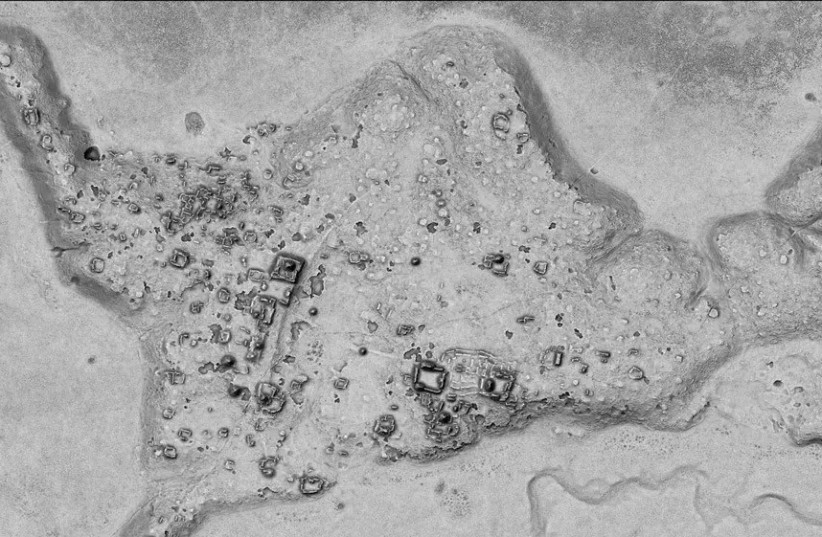Lost Mayan City: Buried for Millennia, unearthed by scientists in jungle
Scientists have recently utilized lidar technology, also known as “lasers from the sky,” to locate an ancient Mayan city buried deep in the jungle. This city is situated in the Balmaco Ecological Reserve on the western side of the Yucatan Peninsula. Ground investigation subsequently uncovered a series of complex structures in an area previously unknown to researchers. The discovery of these buildings bolsters the belief that the city played a central role in the region.
How it was discovered
Despite being over 1,000 years old, this city remained undiscovered by the modern world. Its rediscovery was made possible by airborne laser scanning (lidar). This distance-measuring technology utilizes laser beams to illuminate targets and measure the time the light returns to the receiver. This technology helped penetrate the forest canopy, enabling researchers to identify the city hidden deep within the jungle, approximately 60 kilometers away. The town was founded by a research team led by Ivan Špraić, a professor of archeology from Slovenia, who has been working on the Yucatán Peninsula since 1996. The team used information from the aerial scan to successfully locate the ancient Mayan city, which includes intricate buildings, plazas, and even ball courts.
 (credit: inah.gob.mx/screenshot)
(credit: inah.gob.mx/screenshot)What sets this city apart is its collection of shaped buildings, each standing over 15 meters tall, on a high-ground peninsula surrounded by extensive wetlands. The site spans an area of 500 dunams and contains three squares with impressive buildings and several patio balconies encompassing them. The National Institute of Anthropology and History (INAH) in Mexico, the organization responsible for studying this densely vegetated reserve in the state of Campeche, states that “between the two central squares, there is a complex comprised of various low and elongated buildings arranged almost in concentric circles.”
Špraić adds, “There is also a ball game court.” Furthermore, a pathway connects the southeastern complex to the northwestern section, which houses most structures.
It is called Ocomtún
Notably, a pyramid 25 meters above the natural surface distinguishes this area. The researchers have named this recently discovered city “Ocomtún,” which means “Pillar of Stone” in the Mayan language. It is believed that the cylindrical columns found in the town were likely used as entrances to upper rooms in the buildings. This finding echoes previous discoveries of lost civilizations, such as the Amazon forests in Bolivia, where laser technology has revealed mysterious pyramids and ball courts.
While exploring the site, the research team unearthed additional structures leading toward the La Rigonia River. These structures include staircases, monolithic columns, and central altars. The team also discovered an area that served as a ball game court and other regions that may have been used as markets or sites for community ceremonies. Špraić estimates that “the site served as an important regional center, probably during the Classic period (250-1000 AD).” The ceramics found on the surface and in test pits mostly date back to the Late Classic period (600-800 AD). However, further analysis of these samples will provide more reliable data on the occupation sequences.
The team believes that the Oakhamton site changed in 1000 AD, evidenced by the temples in the center of the patios and plazas. Špraić explains, “We see a reflection of ideological changes and population dynamics during times of crisis,” which eventually led to the collapse of the complex socio-political organization and a significant demographic decline in the central Maya lowlands.
To fully unravel the secrets of Ocomtún, further time and funding are required. However, the researchers are sure of one thing: when the dry season commences in March, they will return to the Yucatan to search for more clues about a lost civilization that persists despite being obscured. “Many people may argue that with laser technology, the romance of archaeological discovery is lost, but I disagree,” states Prof. Špraić. “There is still a sense of romance. It’s hot, and we’re hacking through the jungle with machetes, encountering water problems. Then, suddenly, a massive pyramid or an inscribed stele appears right before your eyes. At that moment, all those difficulties fade away.”





Comments are closed.